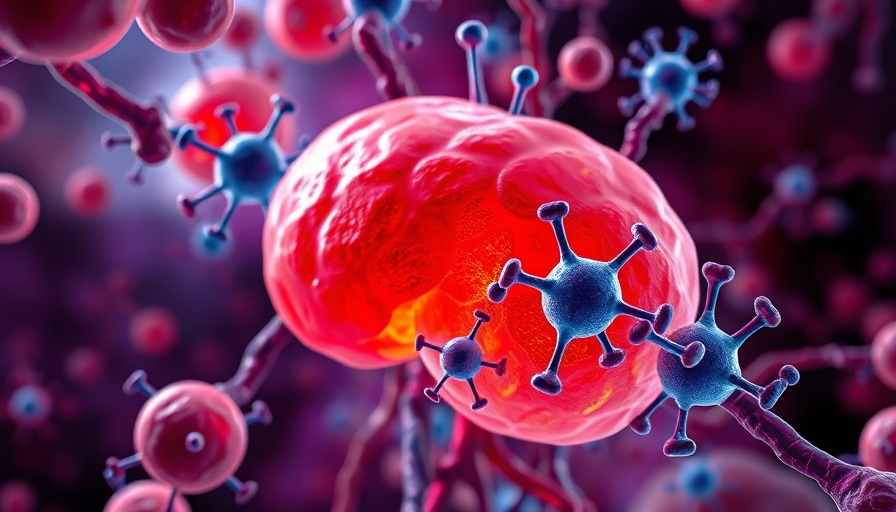
Uncovering the Hidden Causes of Liver Cancer
A recent study from researchers at Hiroshima University sheds light on the molecular drivers of non-viral liver cancer, specifically hepatocellular carcinoma (HCC). HCC arises primarily from chronic liver disease (CLD), which affects approximately 15-25% of liver cancer cases. Understanding the connection between aging, inflammation, and liver cancer development is crucial for both prevention and treatment.
The Role of Inflammation and Aging
According to the researchers, inflammation-related signals and metabolic abnormalities associated with aging play significant roles in the development of HCC from CLD. This insight prompts a closer examination of how these factors interact at a molecular level. Furthermore, the study utilized cutting-edge multi-omics analysis, comparing gene expressions and metabolites in both normal liver tissue and that impacted by CLD, allowing scientists to pinpoint potential targets for chemoprevention.
Emerging Therapeutics: Green Tea and Beyond
The researchers proposed that specific antioxidants, particularly epigallocatechin gallate (EGCG) found in green tea, may help counteract the metabolic irregularities linked to HCC. This opens exciting doors for dietary interventions and the development of novel therapies aimed at mitigating liver cancer risks. The potential of using natural products like green tea illustrates a holistic approach to tackling complex diseases that often seem insurmountable.
A Call for Elevated Awareness and Screening
With an increasing incidence of CLD and its connection to liver cancer, enhanced screening and heightened public awareness are more critical than ever. Early detection can significantly improve treatment outcomes, making education around liver health a priority for healthcare providers.
Future Directions in Liver Cancer Research
The implications of this study extend beyond immediate findings; they challenge researchers to explore further into liver cancer prevention strategies. Identifying genetic and metabolic markers associated with CLD may lead to customized treatment plans, underscoring the importance of precision medicine in managing liver health.
In essence, recognizing the intertwining factors contributing to liver cancer development is crucial as we strive to mitigate the prevalence of this challenging disease. Research like this not only illuminates potential therapeutic pathways but also galvanizes efforts in public health education and preventive measures.
 Add Row
Add Row  Add
Add 




 Add Row
Add Row  Add
Add
Write A Comment